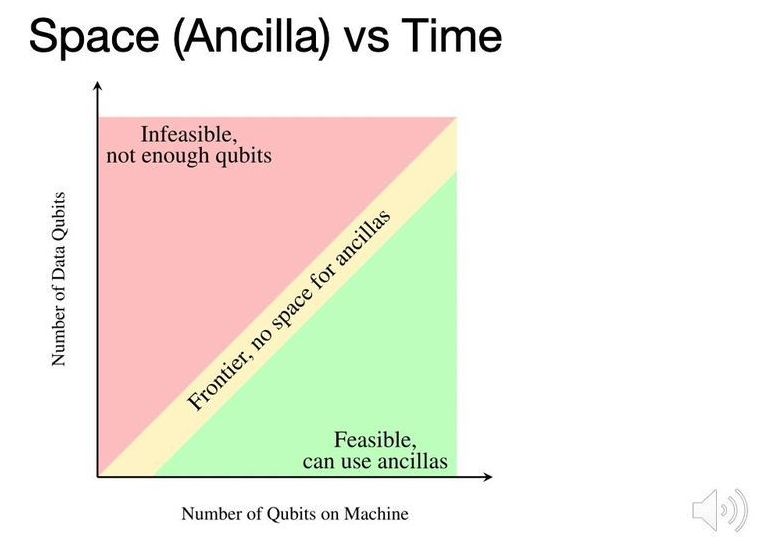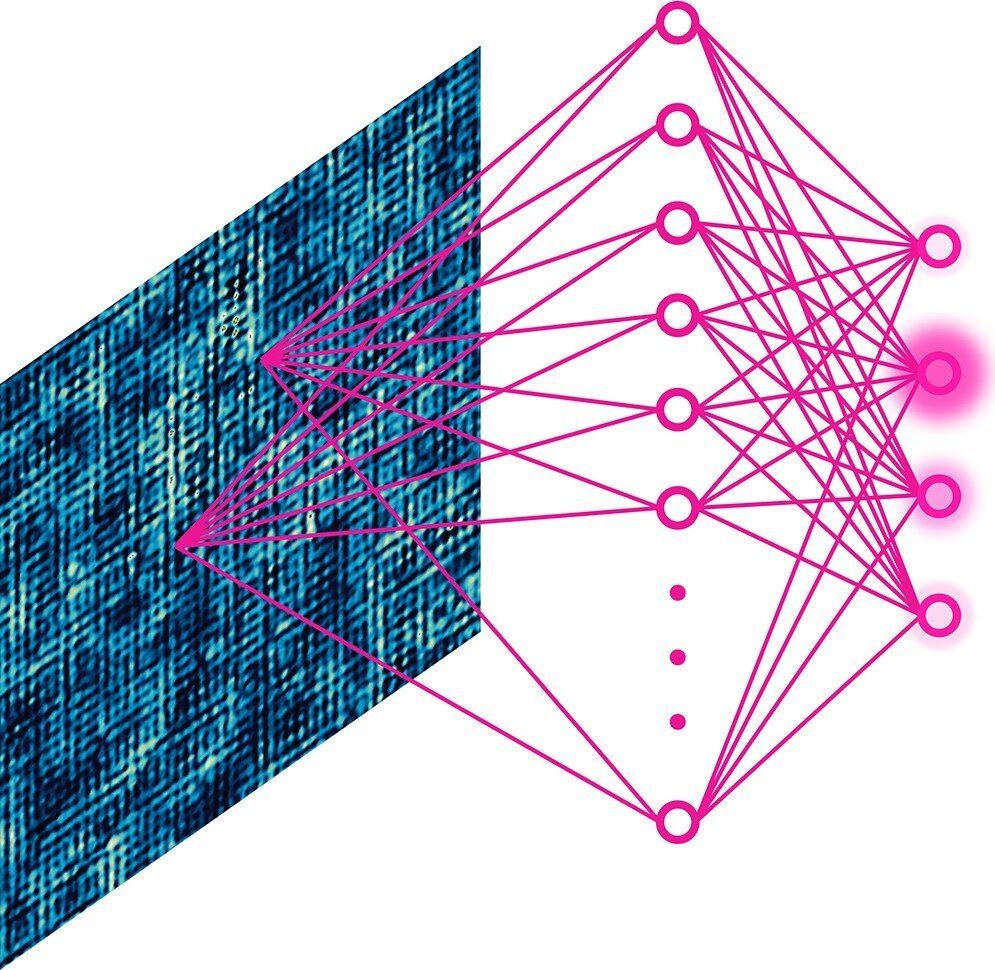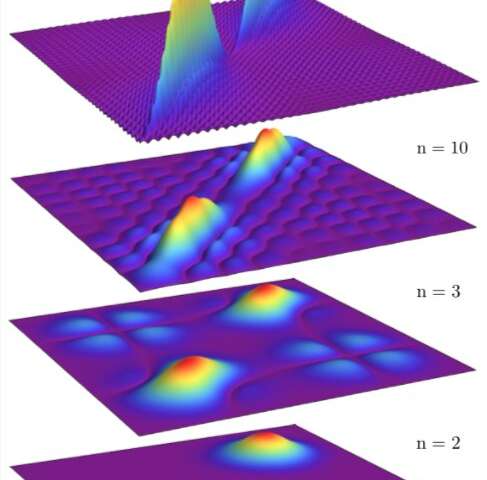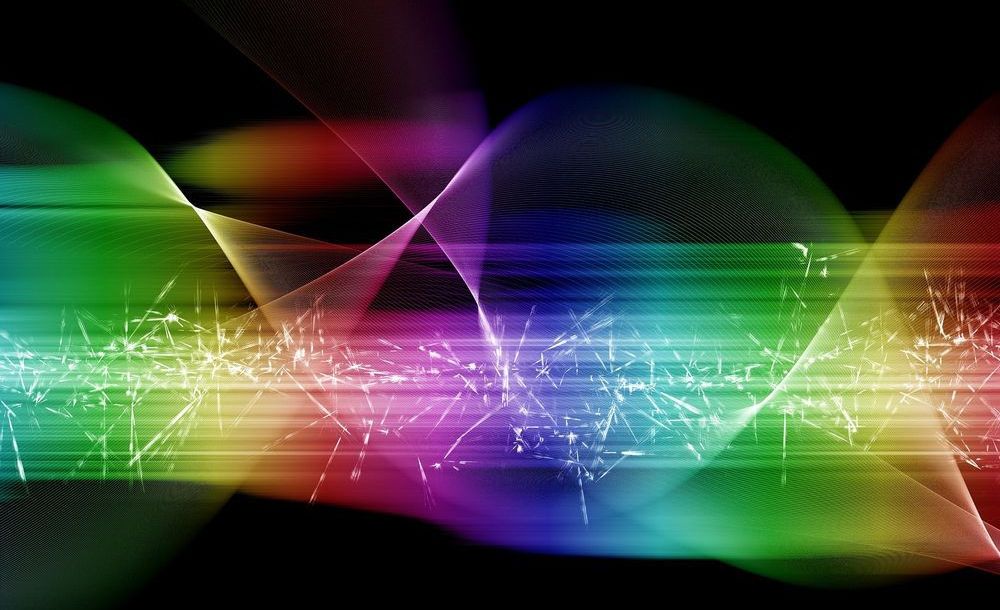Gravity has no quantum properties and it drives physicists crazy.



Researchers at the University of Chicago published a novel technique for improving the reliability of quantum computers by accessing higher energy levels than traditionally considered. Most prior work in quantum computation deals with “qubits,” the quantum analogue of binary bits that encode either zero or one. The new work instead leverages “qutrits,” quantum analogues of three-level trits capable of representing zero, one or two.
The UChicago group worked alongside researchers based at Duke University. Both groups are part of the EPiQC (Enabling Practical-scale Quantum Computation) collaboration, an NSF Expedition in Computing. EPiQC’s interdisciplinary research spans from algorithm and software development to architecture and hardware design, with the ultimate goal of more quickly realizing the enormous potential of quantum computing for scientific discovery and computing innovation.




I’m Dr Janni Lloyd. My interest in health formally began in 1973 when I commenced my medical degree at the University of Western Australia. I spent many years in General Practice with a special interest in the psychological and emotional aspects of health maintenance and disease creation. In 1994 I moved into Holistic / Alternative / Complementary health. In 1992 I began studying Healthy Longevity / Indefinite Life Extension and the philosophy of Physical Immortality from many different perspectives – spirituality/theology, holistic health, psychology, medical science and quantum physics.
The following essay/article combines many of these different viewpoints.
HEALTHY LIFE EXTENSION / PHYSICAL IMMORTALITY – THE MASS POSSIBILITY


In quantum electrodynamics, the choice of gauge (i.e. specific mathematical formalism used to regulate degrees of freedom) can greatly influence the form of light-matter interactions. Interestingly, however, the “gauge invariance” principle implies that all physical results should be independent from a researcher’s choice of gauge. The quantum Rabi model, which is often used to describe light-matter interactions in cavity-QED, has been found to violate this principle in the presence of ultrastrong light-matter coupling, and past studies have attributed this failure to the finite-level truncation of the matter system.
A team of researchers at RIKEN (Japan), Università di Messina (Italy) and the University of Michigan (U.S.) have recently carried out a study investigating this topic further. In their paper, published in Nature Physics, they identified the source of this gauge violation and provided a method to derive light-matter Hamiltonians in truncated Hilbert spaces, which can produce gauge-invariant physical results even in extreme light-matter interaction regimes.
“Ultrastrong coupling between light and matter has, in the past decade, transitioned from a theoretical idea to an experimental reality,” Salvatore Savasta, one of the researchers who carried out the study, told Phys.org. “It is a new regime of quantum light-matter interaction, which goes beyond weak and strong coupling to make the coupling strength comparable to the transition frequencies in the system. These regimes, besides enabling intriguing new physical effects, as well as many potential applications, represents an opportunity to deepen our understanding subtle aspects of the interaction of light and matter.”

This theory combines wave and particle aspects in quantum mechanics be postulating that the motion of a particle is choreographed by the wave function.
By reconstructing the Bohmian trajectories of single photons, the team experimentally obtained the distribution of velocity change.
“In the experiment, the velocity disturbance happens gradually, up to five metres away from where the which-slit measurement was performed,” Prof Wiseman said.